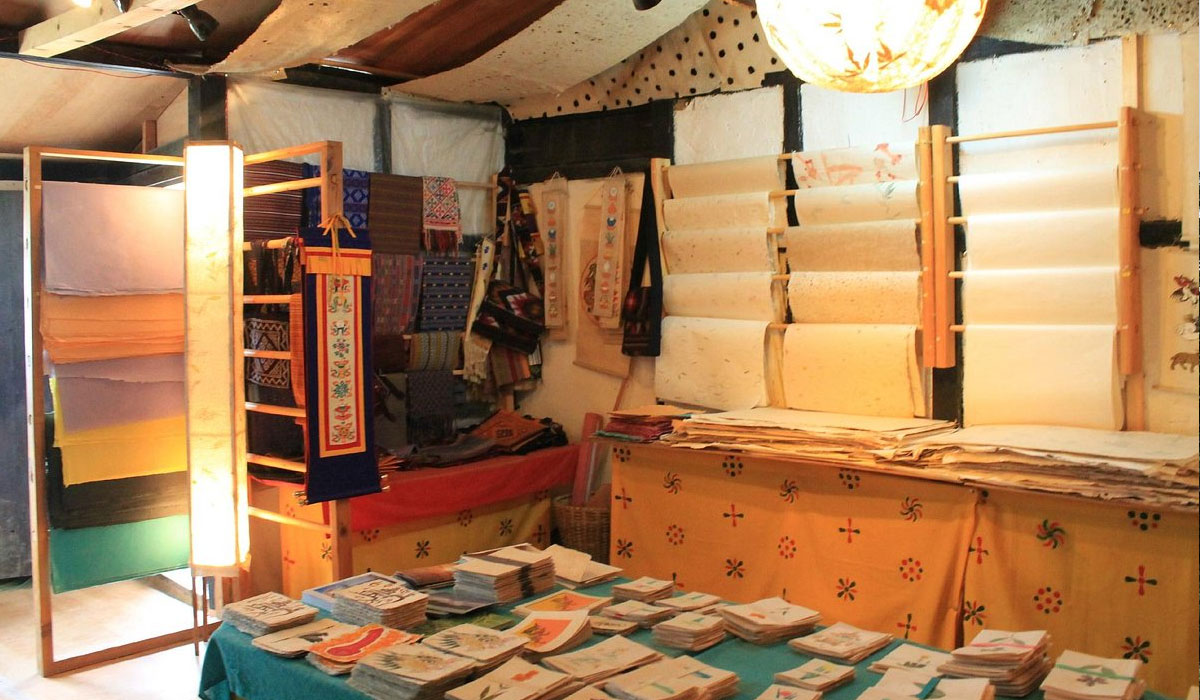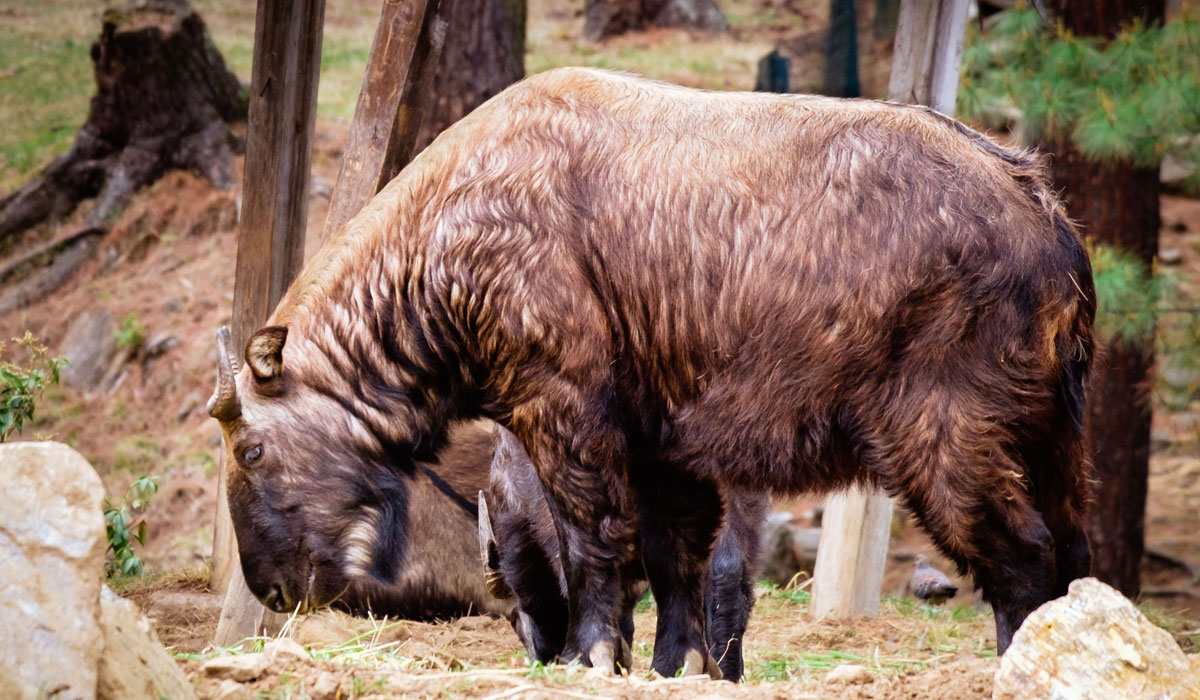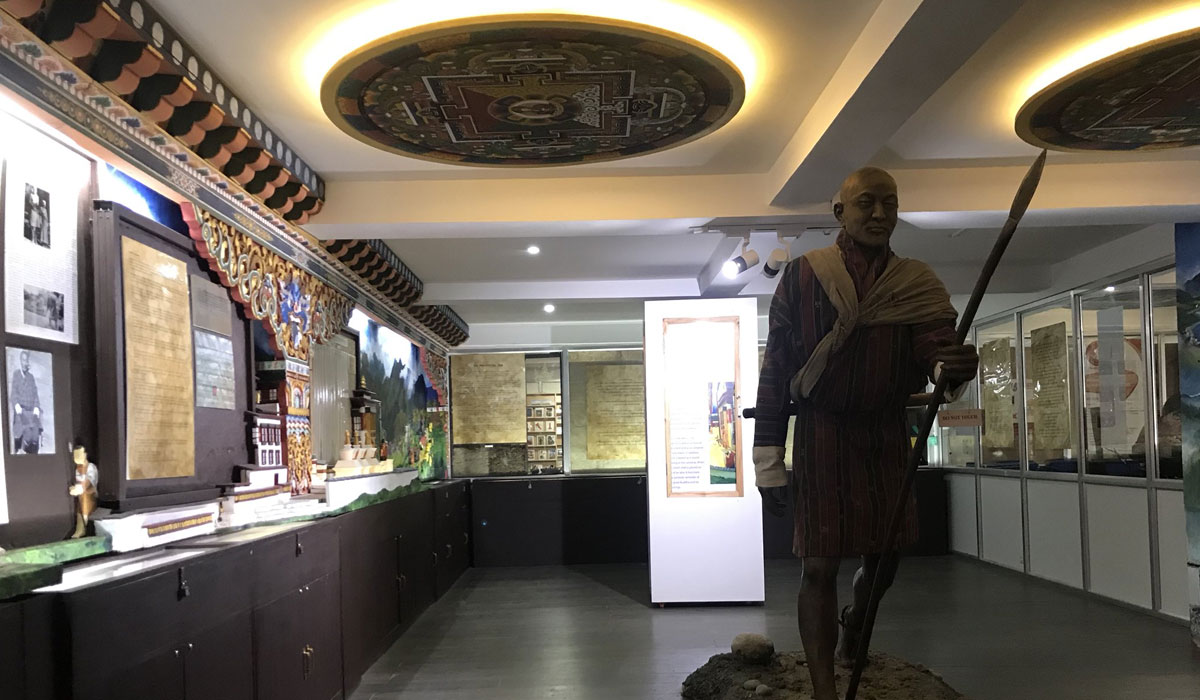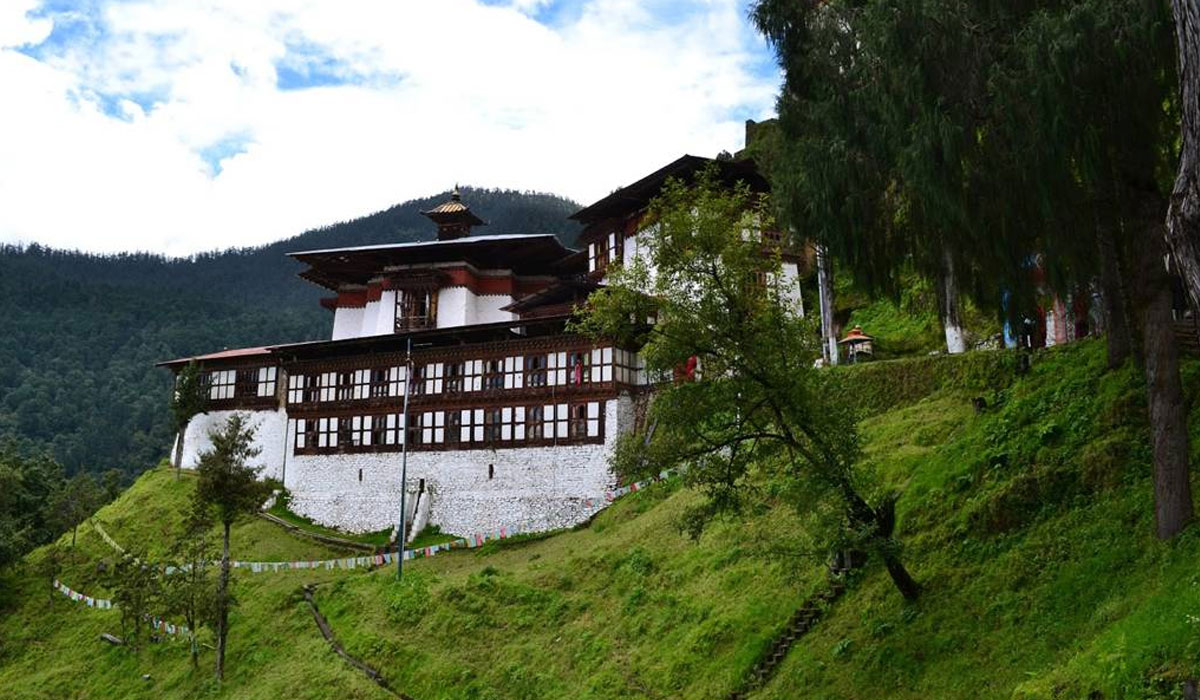


Folk Heritage Museum: A Glimpse into Bhutan’s Traditional Rural Life
The Folk Heritage Museum, located in Thimphu, Bhutan, is a captivating repository of the country’s rich rural traditions and lifestyle. Established to preserve and showcase Bhutanese heritage, the museum offers a comprehensive insight into the customs, architecture, and everyday lives of Bhutan’s agrarian communities.
Historical Background
The museum, also known as Phelchey Toenkhyim, was inaugurated in 2001 under the initiative of Her Majesty the Queen Mother Ashi Dorji Wangmo Wangchuck. Housed in a restored three-story traditional farmhouse dating back to the mid-19th century, it serves as a testament to Bhutan’s dedication to preserving its cultural identity amidst modernization.
Cultural Experience
The museum recreates a typical Bhutanese rural household with its authentic interiors, utensils, tools, and farming implements. Visitors can explore:
- Traditional Architecture: The structure reflects the intricate design of Bhutanese farmhouses, built without nails or modern materials.
- Agrarian Practices: Displays highlight traditional farming techniques, irrigation systems, and tools used in Bhutan’s rural villages.
- Cuisine and Cooking: The museum showcases traditional food preparation methods, including the use of clay stoves and utensils. Visitors can enjoy a meal of authentic Bhutanese dishes at the museum’s restaurant.
Interactive Activities
Visitors can participate in activities such as grinding grains using traditional tools, learning to make Bhutanese butter tea (Suja), and observing cultural performances.
Spiritual and Educational Significance
The museum also illustrates the spiritual harmony that rural Bhutanese communities share with their environment, showcasing the traditional Chokhor, or prayer wheels, and altars commonly found in farmhouses.
Accessibility and Location
Located in the heart of Thimphu, the Folk Heritage Museum is easily accessible and well-signposted. Guided tours are available, offering detailed narratives to enhance the visitor experience.
Preservation and Community Role
The museum plays a crucial role in preserving Bhutan’s rural heritage while educating younger generations and visitors about the traditional way of life. It also supports local artisans by displaying and selling their crafts.
Thimphu - Places to visit

Jungshi Handmade Paper Factory in Thimphu showcases Bhutan’s traditional papermaking, offering visitors insights into crafting eco-friendly, artisanal paper products.

Dochula Pass, near Thimphu, offers breathtaking Himalayan views, 108 memorial chortens, and a serene atmosphere amidst misty mountain landscapes.

The Lungchutse Hike near Dochula Pass rewards adventurers with panoramic Himalayan views, lush forests, and a peaceful, spiritual atmosphere.

Serbhum Brewery in Thimphu crafts Bhutanese beer using local ingredients, offering visitors a unique taste of Bhutan’s brewing tradition.

Tango Buddhist University near Thimphu is a serene spiritual center, fostering advanced Buddhist studies amidst stunning Himalayan landscapes and sacred tranquility.

Buddha Dordenma, a massive golden statue in Thimphu, symbolizes peace, offering panoramic views and housing thousands of smaller Buddhas.

Simply Bhutan is an interactive museum in Thimphu, showcasing Bhutanese culture, traditions, and lifestyles through immersive exhibits and activities.

Motithang Takin Preserve, in Thimphu, is a serene sanctuary protecting Bhutan’s national animal, the takin, amidst beautiful natural surroundings.

The Folk Heritage Museum in Thimphu preserves Bhutanese culture, showcasing traditional artifacts and exhibits that highlight rural life and heritage.

VAST Studio Bhutan, in Thimphu, fosters creative expression, showcasing contemporary art and nurturing young Bhutanese artists through community initiatives.

Pangrizampa Monastery in Thimphu, known for its sacred relics, offers a peaceful atmosphere and insight into Bhutanese Buddhist practices.

The Memorial Chorten in Thimphu is a revered stupa, honoring Bhutan’s third king, featuring intricate carvings and vibrant prayer flags.

The Bhutan Postal Museum in Thimphu showcases the country’s postal history, featuring stamps, artifacts, and interactive exhibits celebrating communication evolution.

Tashichho Dzong, the seat of Bhutan’s government, features stunning architecture, serene gardens, and serves as a monastic center in Thimphu.

Kuenga Rabten Palace, a royal retreat near Trongsa, showcases traditional Bhutanese architecture and offers stunning views of surrounding landscapes.

The Institute for Zorig Chusum in Thimphu teaches Bhutanese traditional arts and crafts, preserving cultural heritage and nurturing skilled artisans.

Thimphu Kaja Throm is a lively marketplace, offering local produce, crafts, and delicious street food, showcasing Bhutan’s vibrant culture and community.

The Royal Textile Academy in Thimphu preserves Bhutan’s textile heritage, showcasing traditional weaving techniques and promoting sustainable cultural practices.

The Cheri Goempa hike near Thimphu offers a peaceful trail through forests, leading to a historic monastery rich in spirituality.

The Institute of Traditional Medicine Services in Thimphu preserves Bhutan’s ancient healing practices, blending herbal remedies with holistic healthcare education.

The Phajoding Monastery hike near Thimphu offers stunning views, serene trails, and a chance to explore Bhutan’s spiritual heritage.
